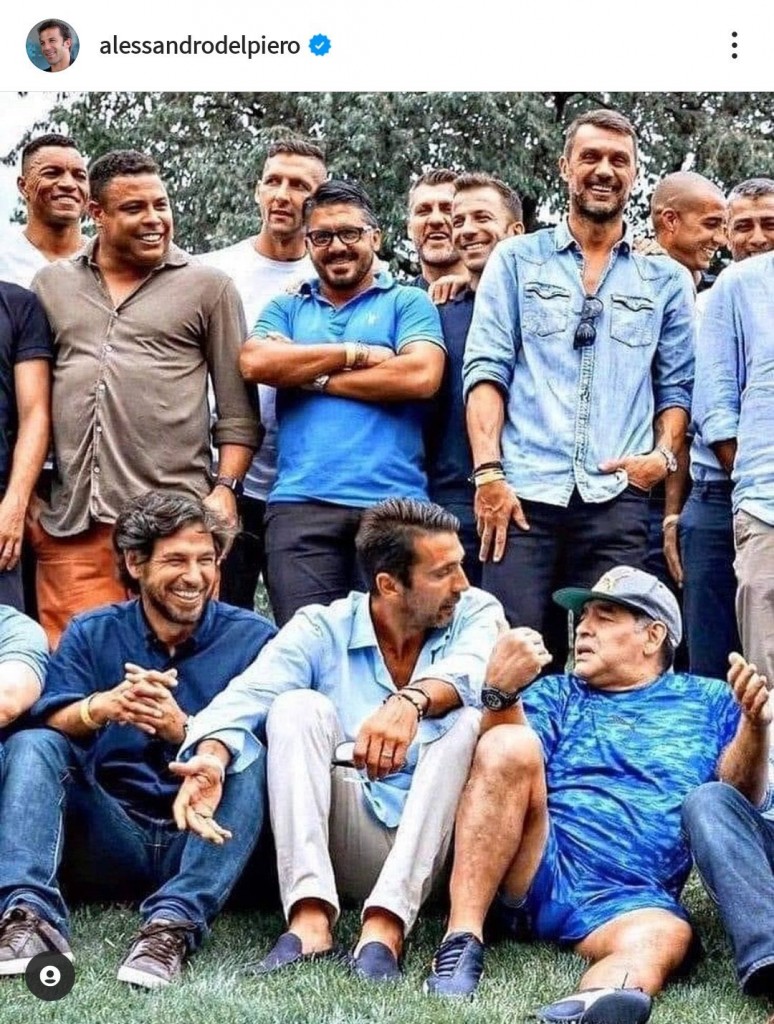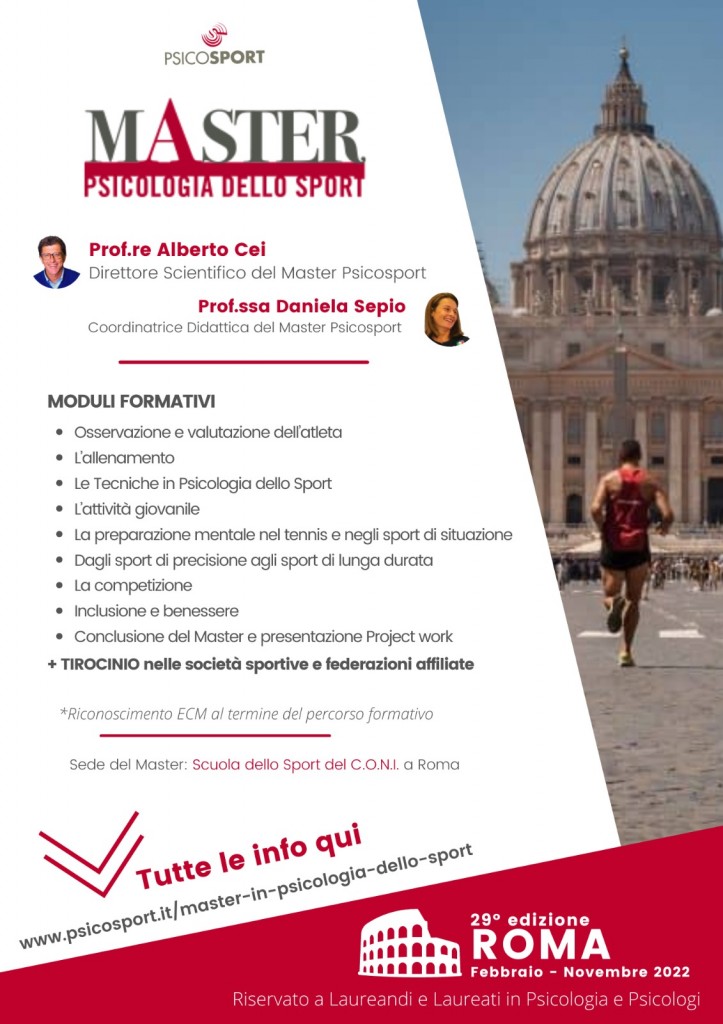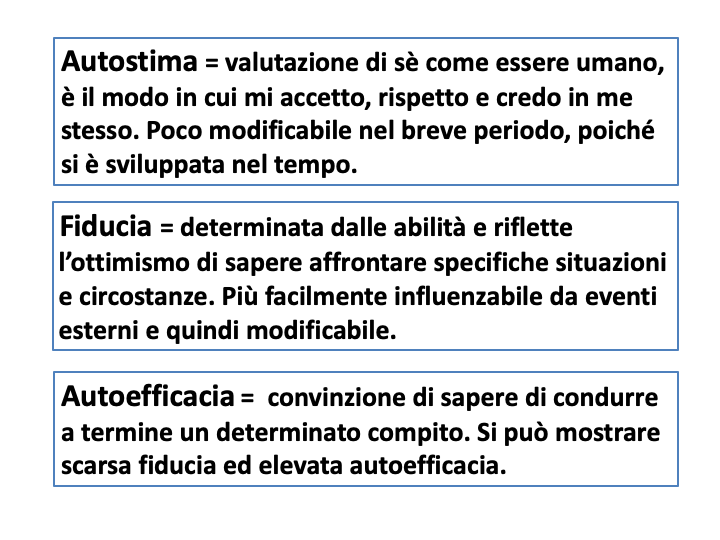The World Health Organization recommends that adults aged 18 or older participate in at least 150 min of moderate-to-vigorous activity per week or the equivalent of 30 min of daily activity . Currently, just over 15% of Canadian adults are meeting these guidelines.
The problems of sedentariness may not only be attributed to a lack of movement, but also to the stimulation provided by replacing activities.
In addition to the changes in human activity, globalization and technological changes have favored a progressive switch from physically demanding tasks to knowledge-based work or mental activity soliciting an enhanced cognitive demand. Screen-based leisure activities (e.g., television watching, video games, and internet use) and screen-based work activities (e.g., computer use for work purposes) have often been considered together while they may not trigger the same stress response and/or use of substrate. Furthermore, from a physiological perspective, the biological requirements and effects of physical and cognitive work are not the same. Mental work, for instance, may significantly increase glycemic instability (i.e., wide fluctuations in blood glucose concentrations) leading to an increase in the desire to eat and thus, higher energy intakes.
Thus, the problems of sedentariness may not only be attributed to a lack of movement, but also to the stimulation provided by replacing activities. In a context where there is exposure to cognitive work, novel strategies to increase physical activity and improve energy balance regulation are needed.
As has been previously suggested, from a physiological perspective, the biological requirements of physical and mental work are different because knowledge-based work is a type of activity that relies on the brain which utilizes glucose for the metabolism of energy compared to physical activity which uses skeletal muscle and relies mostly on fat metabolism, depending on the type of physical activity.
However potential solutions that consider approaches to counteracting the negative impact of mental work may be possible with the readjustment of daily physical activity schedules.
In the context of a school or work environment, recent data has suggested that combining mental and physical work (e.g., active pauses/meetings), may be one strategy to reduce sedentary time in a context where potential neurogenic stress may be high.
An acute bout of interval exercise after mental work was shown to decrease food consumption compared with a non-exercise condition suggesting that it may be used as an approach to offset positive energy balance induced by mental tasks.
In the workplace, sit-stand desks were found to be effective in decreasing workplace sedentary behavior in office workers with abdominal obesity, with no change in sedentary behavior or physical activity outside of work hours; however, these changes did not alter markers of cardiometabolic risk in these individuals. Furthermore, the use of sit-stand desks in sedentary office workers was also associated an overall sense of well-being and energy, decreased fatigue, and reduction in appetite, food intake and lower self-perceived levels of hunger.







